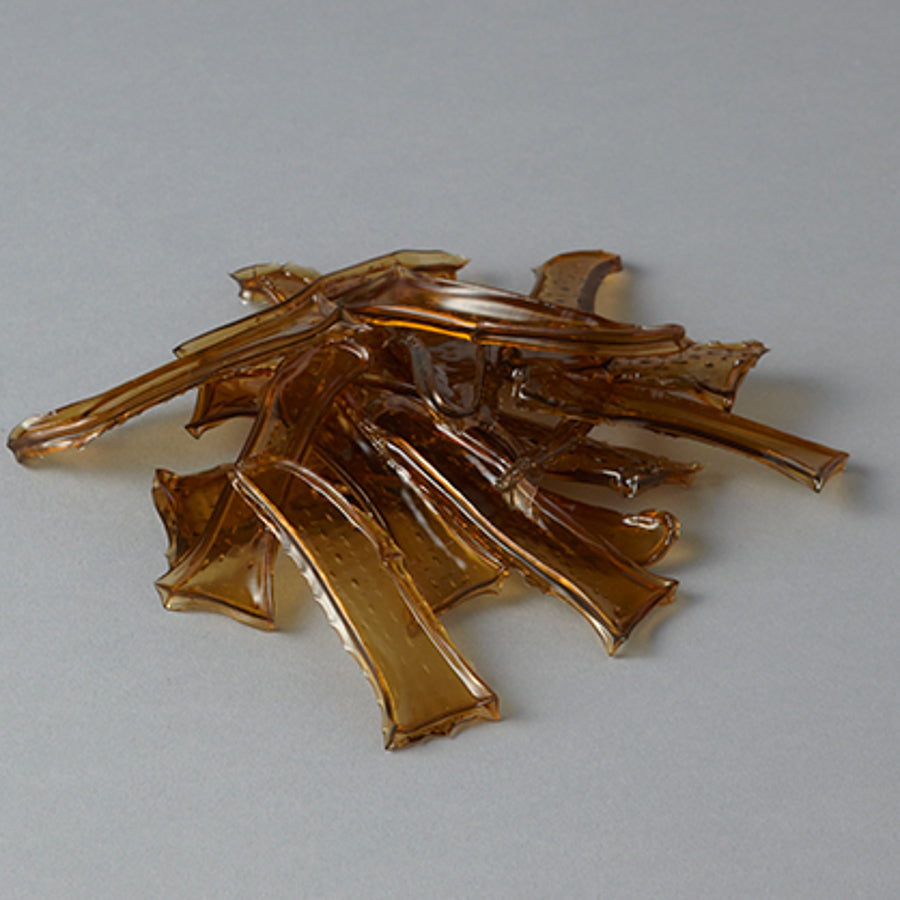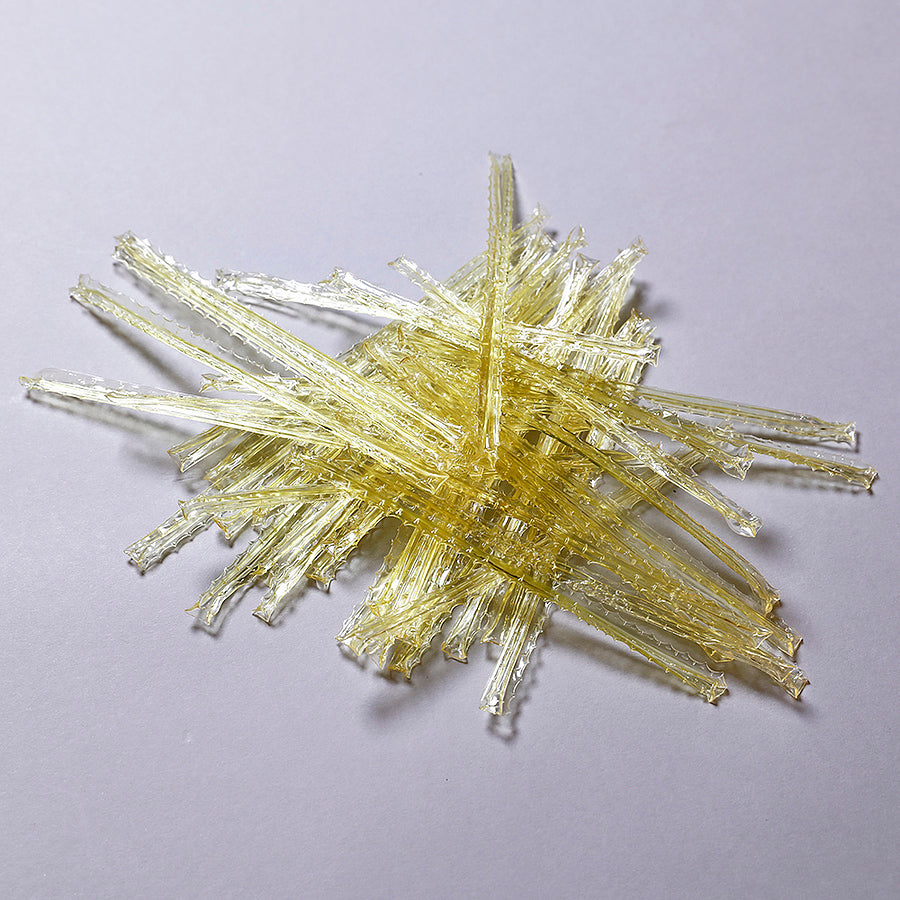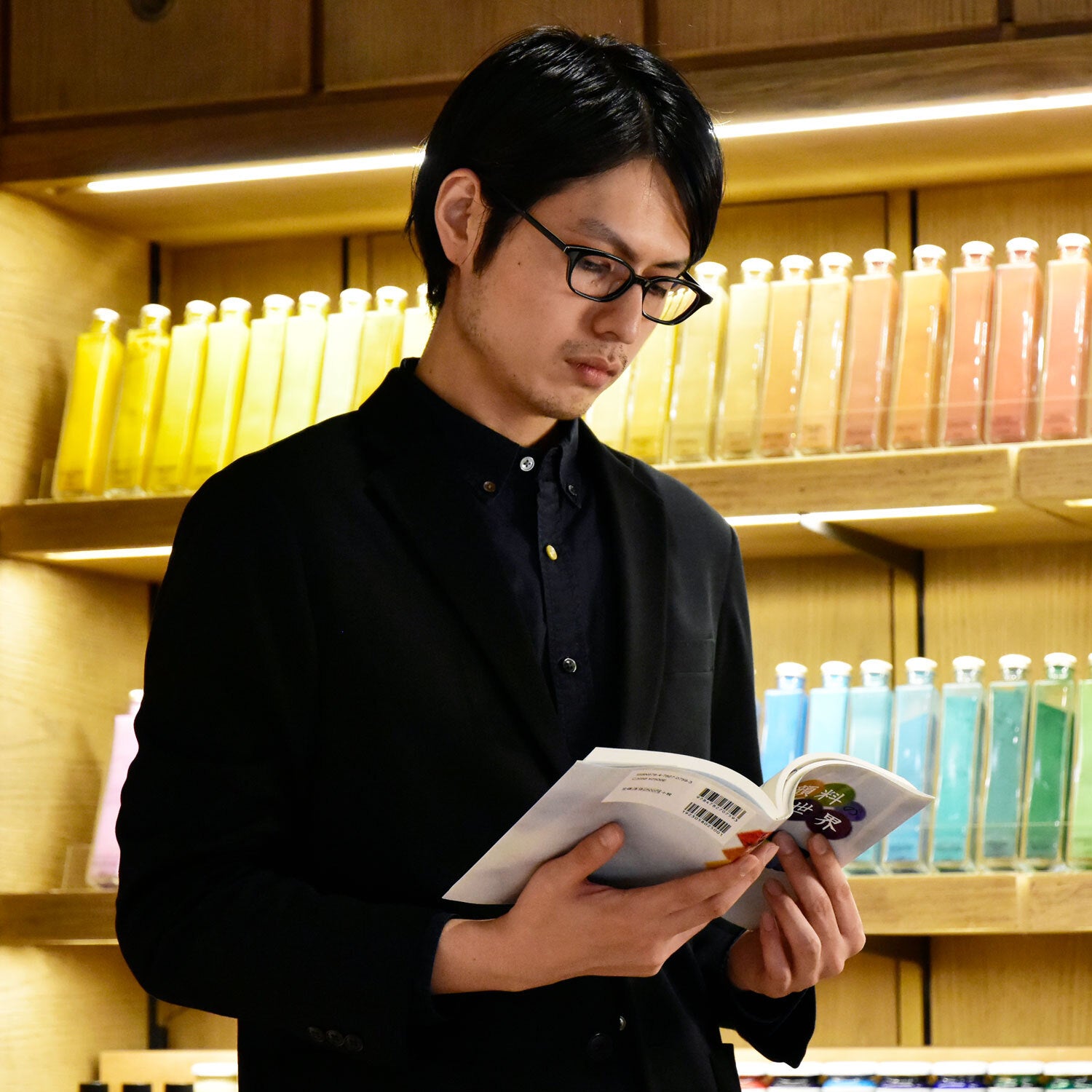The automatically translated article is temporarily displayed. We are working on the translation to publish the completed English version!
**********
Animal glue is an indispensable material for painting, including Japanese painting. Its origin has long been used as an adhesive, including ancient Egypt. Regarding the use of glue in Japan, there are 15 volumes of the oldest classic classifier Japanese dictionary of Wamyo Urushijusho. This is compiled by the Wakan scholar, Genjun, in the Heian period (*1), and later booked in the era (*2) in the Japanese museum as a cultural heritage.
(* 1 794-1185)
(* 2 Muromachi period, 1566)
Pigment TOKYO handles several types of original glue.
Others begin to granular glue, which is made to make the characteristics of a cow using the raw cow skin, and the glue that can be used without alum, such as the glue solution dissolved in the original recipe, and the glue that can be used without alum by dosa pulling. There are many things that are not sold at art materials stores.
Please check this link for details.
In addition, cow -derived cow -derived Japanese -derived cow, using cow -dry skin (drum skin), and a fish -derived Japanese -derived Japanese -derived Japanese -derived Japanese -derive Japanese glue. We also offer products for professionals. (This is the physical properties of each lot. Please understand.)
Koei Kazunari Co., Ltd., which manufactures gelatin and collagen peptide in Himeji City, Hyogo Prefecture, has undergone the production of these products.
Among Hyogo Prefecture, Himeji City is known as the birthplace of skin tanned in Japan. Masu.

From the official website
This time, this lab visited Hiroei Kasei Co., Ltd. in Himeji City, and talked to President Takashi Fukushima, President and CEO about the glue overview, the situation surrounding it, and the glue of the company.
How has the company, which has been doing business in this land, where the leather and gelatin industry has developed since eternity, has responded to changes in the times?
-Fill, I would like to ask about Koei Kasei Co., Ltd. What kind of products are made?
Takashi FukushimaMr. (hereinafter:Fukushima/Titles omitted):Founded in 1938, we started manufacturing "Aboshinikawa". It began production of western shaking in 1958 and gelatin in 1978.
Since then, collagen peptide has been commercialized since 2003, and now has mainly made collagen peptides and gelatin. Our products are often used for health foods and food additives.

Mr. Takashi Fukushima (right), President and CEO who spoke, and Takuya Fukushima (left), the sales department manager (left).
-If you look at the website, various products are made, but how many kinds of animals are you handling?
Fukushima: I have dealt with more than a dozen ingredients, including cows, pigs, wild boar, deer, cod, tie, whales, and other things that did not serve.

Inogue that was made with a sample
-What is the boundary between collagen, glue, and collagen peptide?
Fukushima: First, it can be distinguished by melting, not dissolving in water, cooling, hardening, or hardening. For example, collagen, which is all raw materials, does not dissolve in water at room temperature, but heats into water -soluble proteins that are easily soluble in water. This is a state called gelatin or glue.
These biggest features are that they dissolve when warmed and harden when cooled. This is called "dolization / gel", and the property that can be done in the opposite way is also used in the product.
The collagen peptide is the more finer of this gelatin. Collagene peptides have a smaller molecular weight than gelatin and dissolve in water, but does not harden even if they cool down like gelatin. Therefore, it is often used for supplements and drinking water.

Collagen becomes collagen peptide via gelatin (glue)
-What is the glue for drawing materials?
Fukushima: Sales as art materials are quite small. It can be said that it is almost included in "Others". It is manufactured on a small scale, focusing on what is wholesale to Pigment Tokyo. In addition, the glue of abrasive use is imported and sold as "glue".

Commercial paper is also glued using glue. Synthetic resin alternatives were also considered, but nothing was overwhelmed.
Please tell me the difference between zerratin and glue.
Fukushima: The highly purified one is gelatin, and the low -purification is equivalent to the glue.
We stopped handling shaving raw materials in 2000 to manufacture edible gelatin and collagen peptide. In 2009, the production of industrial gelatin by Nibe (close to the dermis of animals) was discontinued, and now only manufactures edible gelatin and collagen peptide.

Shaving raw materials are discharged as by -products of chrome tanned leather production. The rest of the sharpened side was used as a raw material for industrial glue.
-So, the granules that are wholesale to Pigment Tokyo ...
Fukushima: We specialize in edible gelatin grades for art and paintings. * 3
(* 3 This lab product is manufactured and sold for painting, so please do not include it in your mouth.)
-What kind of gelatin and glue are gelatin and glue in modern times?
Fukushima: "Gummy" is the most common thing for gelatin. In addition, he is also active in functional food fields and regenerative medicine.
The main use is match, polishing paper, paper device, paper tube, bookbinding, etc. However, the glue market has been descending since 1996. The spread of writers, the change from paper devices to a craft box using cardboard material, and the decrease in hard -cover books is affected.
I hear that the powerful initial adhesion peculiar to the glue and the characteristics of high viscosity in a short time after applying are suitable for making paper boxes.
-Is there any major changes in the leather industry, gelatin and collar industry as a whole?
Fukushima: Generally, the leather industry refers to companies that produce adult bee and Naruto pigs. Therefore, it is a business related to our industry, but it is a completely different industry.
However, in Himeji City, Takagi, Mitsui, Aboshi, Tatsuno City Matsubara, Honora, Sawada and Taishi -cho, the number of companies in Tatsuda and Taishi -cho accounts for about 1/2 nationwide, especially the production of adult cowhide. It boasts about 70 % share.
In addition, due to the slump in the leather industry, the impact on our company, which used its by -products as the main primary fee, is not so large. At the same time, by shifting to high -value -added products such as gelatin and collagen peptide, domestic glue is only "industrial gelatin" manufactured from raw materials that cannot be converted into foods.
Only the Himeji area in Japan manufactures such industrial gelatin from raw materials.
-Please tell us what you are involved in the original glue production.
Fukushima: Regarding handmade glue, there was a request from the Kyoto University of the Arts (formerly Kyoto University of the Arts) from Professor Yoshiaki Aoki of the Kyoto Technical Material Material Study Group, and a workshop for the seminar for the seminar held in February 2014. It is the beginning. The association has already been closed and is now manufactured for Pigment Tokyo.
ーWhat kind of raw materials do Pigment Tokyo's original Ok -Glide use?
Fukushima: Using raw materials that can get numbers suitable for paintings, the staff handmade all processes from fire to drying by hand. Therefore, it is not easy to manufacture in a large lot.
That's why each one with different physical values is sold.

A glue display at this lab store. As mentioned above, each has different physical properties.
-How are you manufactured?
Fukushima: It is manufactured in an area for measuring and testing quality.
We are confidently manufactured and sold with our manufacturing departments that we can create high quality glue.

A test room in Koei Kazunari Co., Ltd. Carefully manufactured and delivered to this lab
I thought that the only thing made by boiling animal skin as a raw material is glue, but in the gelatin and glandscape world, raw materials and manufacturing methods have been diversified due to changes in the times and changes in needs. Ta.
In recent years, the company has increased inquiries about gelatinization and collagen peptide from animal -based by -products in recent years.
It was also an interview that felt the potential of the technology that created "glue" that is familiar to artists, which contributed to the most advanced medical practice while making effective use of limited resources.
In the second part, we will report on how the ingredients of the original Japanese -style are actually cooked.
[Corporate information]
Koei Kasei Co., Ltd.
〒671-1262 Yogami-shi, Himeji City 33
Representative Director: Takashi Fukushima
TEL: 079-273-2001
FAX: 079-273-2010
website:https://www.koei-chem.com/index.html
*The company's glue is a Pigment Tokyo -only product.
Please purchase from Pigment Tokyo stores and online shops.
https://pigment.tokyo/
[Reference material]
National Research Institute of Japanese Language Research "Text Data Collection for Japanese History Research 20 Volume Wakamoto Shusho [Old Activities]" (viewed March 1, 2024)
https://www2.ninjal.ac.jp/textdb_dataset/kwrs/kwrs-015.html
Japan Gelatin / Collagen Industry Association "What is gelatin?" (Browse March 1, 2024)
https://www.gmj.or.jp/gelatin/introduction.html
Japan Gelatin Collagen Industry Association "Collagen Peptide" (viewed March 1, 2024)
https://www.gmj.or.jp/collagen/collagen-peptide.html
Hyogo Prefectural Leather Industrial Cooperative Association "Hyogo's History of Leather" (viewed March 1, 2024)
https://www.hyohiren.or.jp/HISTORY.html
Hyogo Prefecture "Introduction of local industries in Hyogo prefecture" (viewed March 1, 2024)
https://web.pref.hyogo.lg.jp/sr09/ie07_000000017.html
Cultural Heritage Online "Wana Jujusho" (viewed on March 1, 2024)
https://bunka.nii.ac.jp/heritages/detail/90530#




